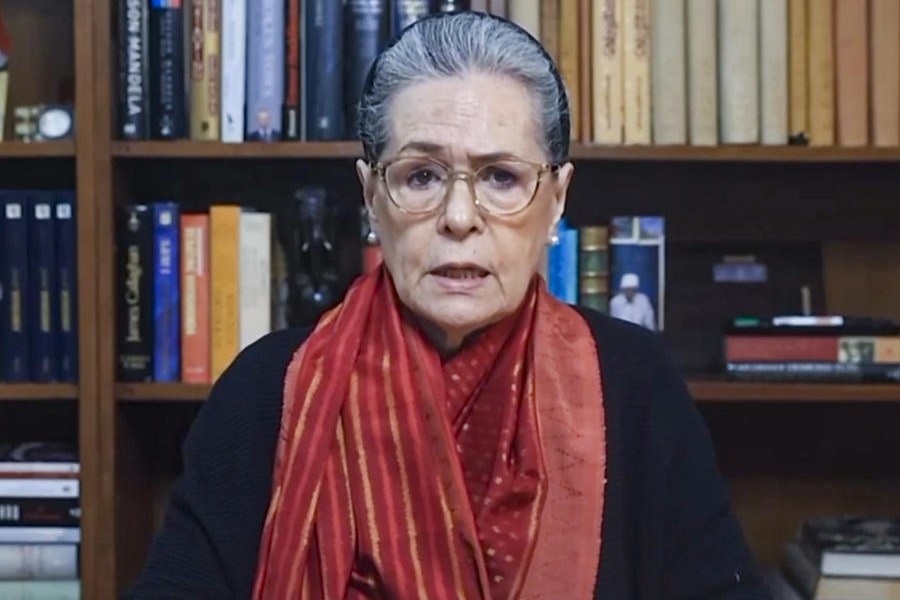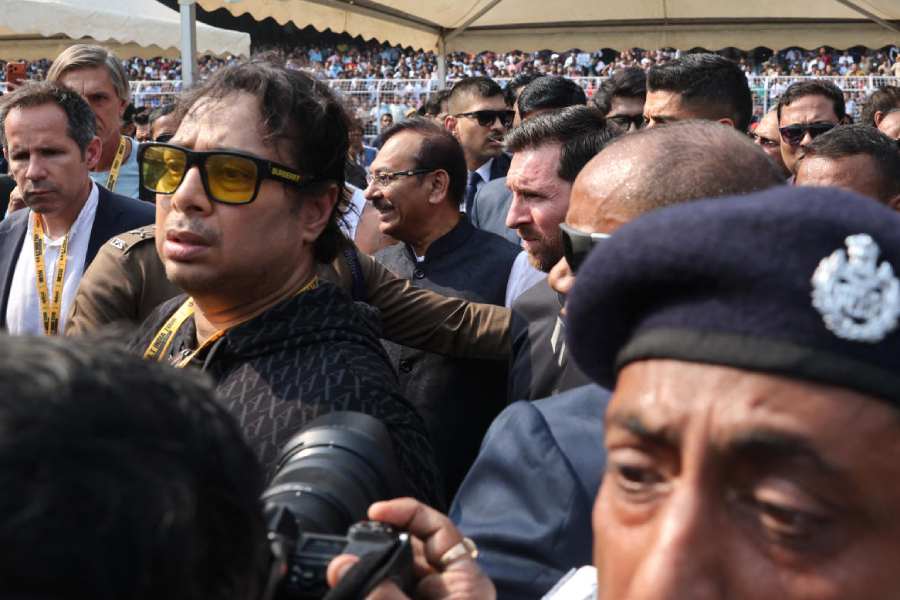Two images will stand out for ages from this Women’s World Cup.
An emotional Jemimah Rodrigues, jersey soaked in sweat and tears, thanking Jesus for her heroic century, which booked India a place in the final. Then on Sunday, when Laura Wolvaardt threatened to take the match away with another revolutionary century, the stunning catch Amanjot Kaur took running towards the mid-wicket region from the boundary ropes. She juggled thrice before holding on to it.
It almost confirmed the World Cup for Harmanpreet Kaur’s team, ushering in the emergence of a champion side. Women’s cricket has long lived in the shadows, and the girls will now be considered in the same vein as their male counterparts.
Not long back, the BCCI was considered a misogynistic body which cared very little about the women’s game. Former BCCI president N. Srinivasan had once told former India captain Diana Edulji, “If I had my way, I won’t allow your women’s team to play cricket only... we have no choice but to run it, so we are running it for the sake of running it.”
Things changed drastically since the Supreme Court-appointed Committee of Administrators, of which Edulji was a part, took over the reins of the BCCI in 2017.
It took steps to professionalise the women’s game, increased player remuneration and support systems, including central contracts, besides providing better support staff and infrastructure to the players.
But it was only in 2019, after Sourav Ganguly became BCCI president and Jay Shah its secretary, that the reforms really took wings. The BCCI initiated steps to remove the challenges which plagued women’s cricket.
The increase in the purse of the players in the BCCI’s annual retainership benefited them — ₹50 lakh, ₹30 lakh and ₹10 lakh for Grade A, B and C, respectively. It is expected to increase several notches when it comes up for renewal next year.
Indian women’s earnings from international cricket saw a six-fold jump. Women now earn ₹15 lakh for Tests, ₹6 lakh for ODIs and ₹3 lakh for T20Is, the same as their male counterparts. The move was seen as “the first step towards tackling discrimination”.
The frequency of Test matches increased with Mithali Raj’s team playing their first-ever day-night Test versus Australia in Carrara, Queensland, in 2021.
But the biggest game changer was the start of the Women’s Premier League
in 2023 under Shah’s stewardship. It brought together the cream de la creme of world cricket, which reflected in the players’ enhanced performance.
The International Cricket Council also took a cue from the BCCI and introduced equal prize money for men’s and women’s tournaments.
It is expected that the new regime at the BCCI will continue to keep Shah’s initiative of promoting the women’s game alive.











